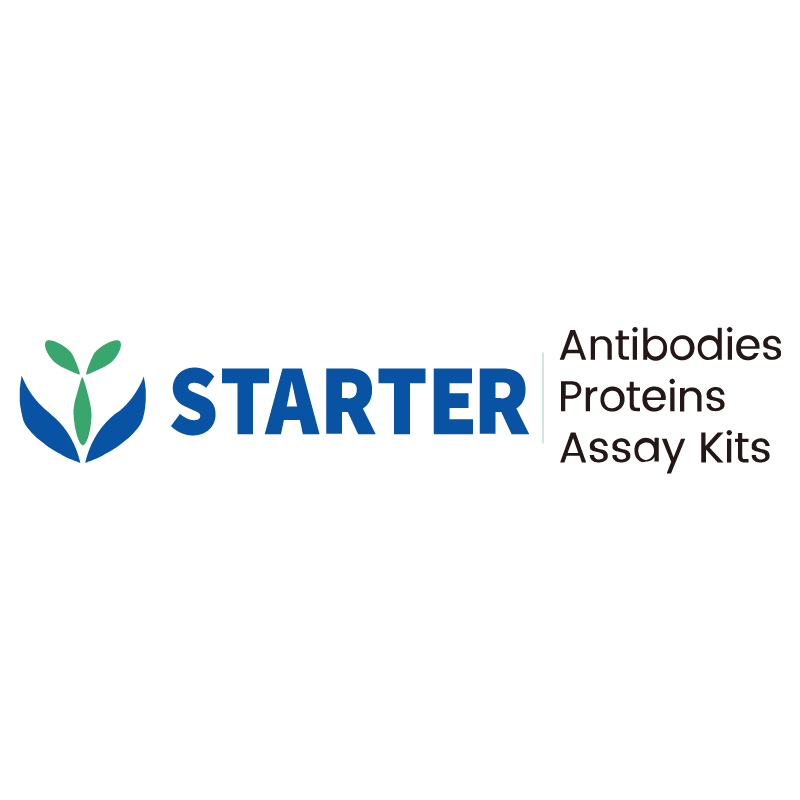WB result of Phospho-PDK1/PDPK1-S241 Recombinant Rabbit mAb
Primary antibody: Phospho-PDK1/PDPK1-S241 Recombinant Rabbit mAb at 1/1000 dilution
Lane 1: untreated NIH/3T3 whole cell lysate 20 µg
Lane 2: NIH/3T3 starve overnight, then treated with 50 ng/ml PDGF for 30 minutes whole cell lysate 20 µg
Secondary antibody: Goat Anti-rabbit IgG, (H+L), HRP conjugated at 1/10000 dilution
Predicted MW: 63 kDa
Observed MW: 50~60 kDa
Product Details
Product Details
Product Specification
| Host | Rabbit |
| Antigen | Phospho-PDK1/PDPK1-S241 |
| Synonyms | 3-phosphoinositide-dependent protein kinase 1 |
| Immunogen | Synthetic Peptide |
| Location | Cytoplasm, Nucleus |
| Accession | O15530 |
| Clone Number | S-1426-93 |
| Antibody Type | Recombinant mAb |
| Isotype | IgG |
| Application | WB |
| Reactivity | Ms |
| Positive Sample | NIH/3T3 |
| Predicted Reactivity | Hu |
| Purification | Protein A |
| Concentration | 0.5 mg/ml |
| Conjugation | Unconjugated |
| Physical Appearance | Liquid |
| Storage Buffer | PBS, 40% Glycerol, 0.05% BSA, 0.03% Proclin 300 |
| Stability & Storage | 12 months from date of receipt / reconstitution, -20 °C as supplied |
Dilution
| application | dilution | species |
| Dot Blot | 1:1000 | |
| WB | 1:1000 | Ms |
Background
Phospho-PDK1 (Ser241) refers to the protein PDK1 that is phosphorylated at the Ser241 site. PDK1, full name 3-phosphoinositide-dependent protein kinase-1, is a serine/threonine protein kinase that plays a central role in regulating cell growth, survival, and proliferation. Overexpression of PDK1 in cells has been observed in breast and ovarian cancers, and its activity increases in prion-infected neurons. Phosphorylation of a conserved serine (S241) in the activation loop leads to the activation of PDK1.
Picture
Picture
Western Blot
Dot Blot
Dot blot result of Phospho-PDK1/PDPK1-S241 Recombinant Rabbit mAb
Lane 1: PDK1/PDPK1-S241 phospho peptide
Lane 2: PDK1/PDPK1 unmodified peptide
Primary antibody: Phospho-PDK1/PDPK1-S241 Recombinant Rabbit mAb at 1/1000 dilution
Secondary antibody: Goat Anti-rabbit IgG, (H+L), HRP conjugated at 1/10000 dilution
This blot was developed with high sensitivity substrate


